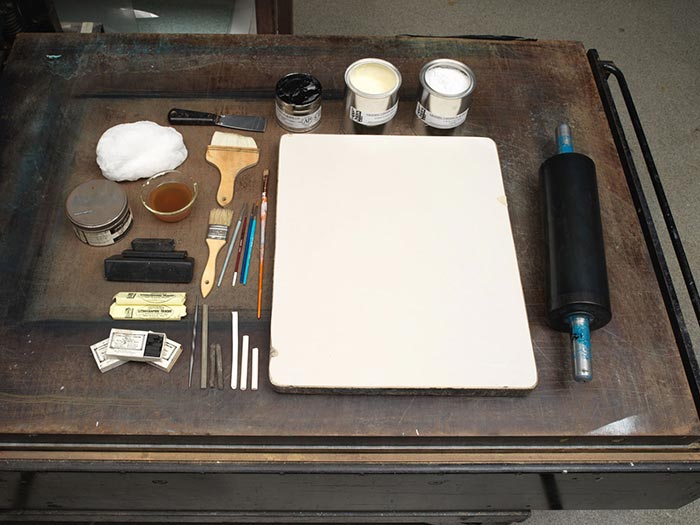View of Harper's Ferry, Virginia (from the Potomac Side)
Publisher Currier & Ives American
Not on view
This print captures the picturesque beauty of Harper's Ferry, a town situated where the Potomac River and Shenandoah River meet in a dramatic gap in the Blue Ridge Mountains, midway in the Appalachian mountain range. Located at a key intersection of the states of Virginia and Maryland, the town was named in the 1760s for the Virginia site where a Mr. Harper ran his lucrative ferry boat business. By 1783, the setting was further distinguished when Thomas Jefferson, an American Founding Father traveling to Philadelphia from his Virginia home, declared this view "one of the most stupendous scenes in nature." This Currier & Ives lithograph shows how peaceful the town looked before the American Civil War; the trestle railway bridge hints at its strategic placement as a transportation route.
Historically, however, Harper's Ferry became famous in 1859 when the fanatical abolitionist John Brown and twenty-one men unsuccessfully raided the U.S. Arsenal located there as part of a plan to free the Southern slaves; Brown's defeat helped spark the start of the Civil War (1861-1865), which, ultimately, destroyed much of to the town. In 1861, as the United States became increasingly divided over the issues of slavery, the western regions of Virginia split with the eastern portion politically, and the border state of West Virgina was established in support of the Union against the Confederate state of Virginia. The print's imprinted title naming the state as Virginia (rather than West Virginia) indicates that this image was created before 1861.
Nathaniel Currier, who established a successful New York-based lithography firm in 1835, produced thousands of hand-colored prints in various sizes that together create a vivid panorama of mid-to-late nineteenth century American life. Expansion led, in 1857, to a partnership with James Merritt Ives (1824–1895), the brother-in-law of Nathaniel's younger brother Charles; the firm was renamed Currier & Ives. People eagerly acquired Currier & Ives lithographs, such as those featuring spectacular American landscapes like this one, or rural and city views, hunting and fishing scenes, domestic life and numerous other subjects, as an inexpensive way to decorate their homes or business establishments.

